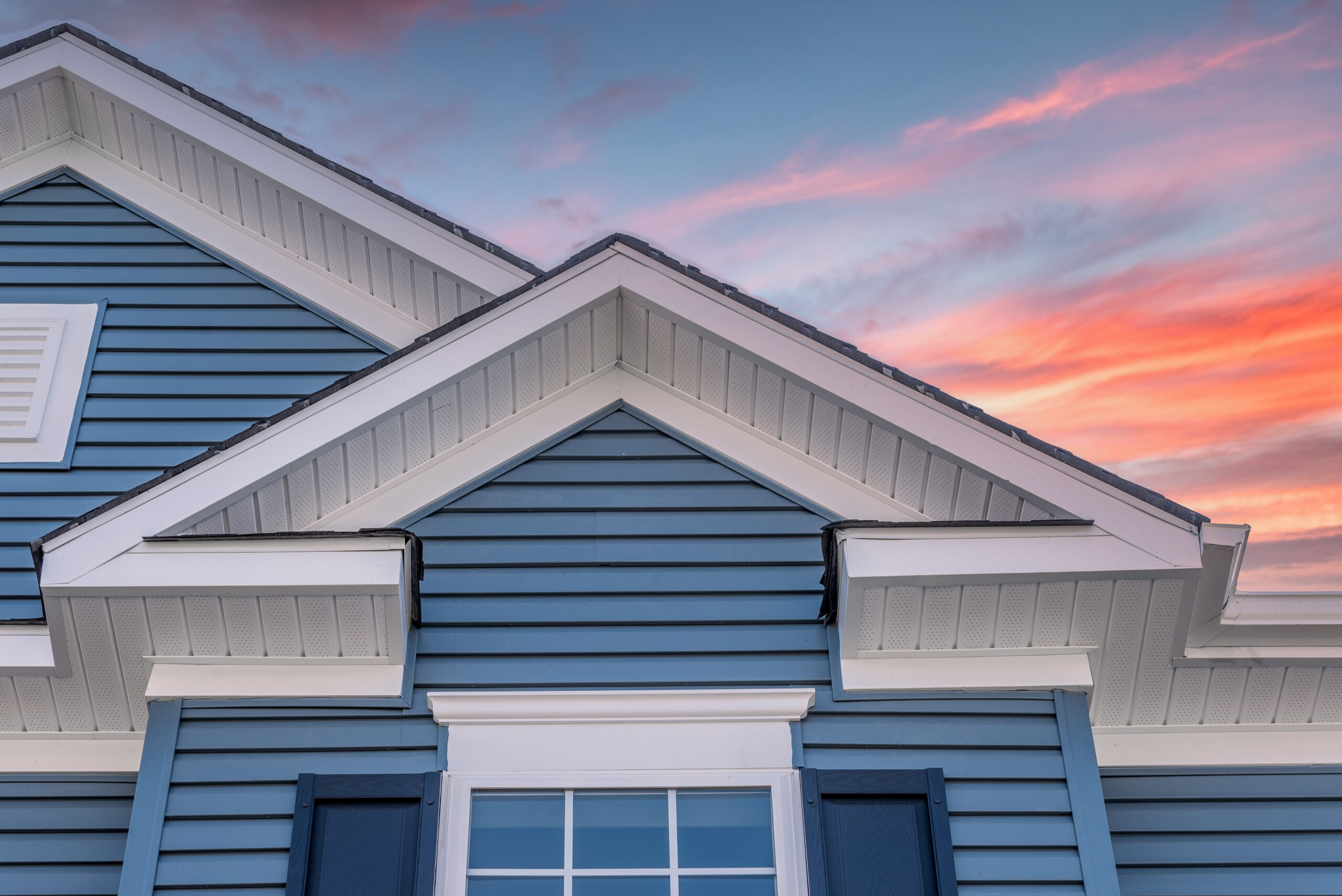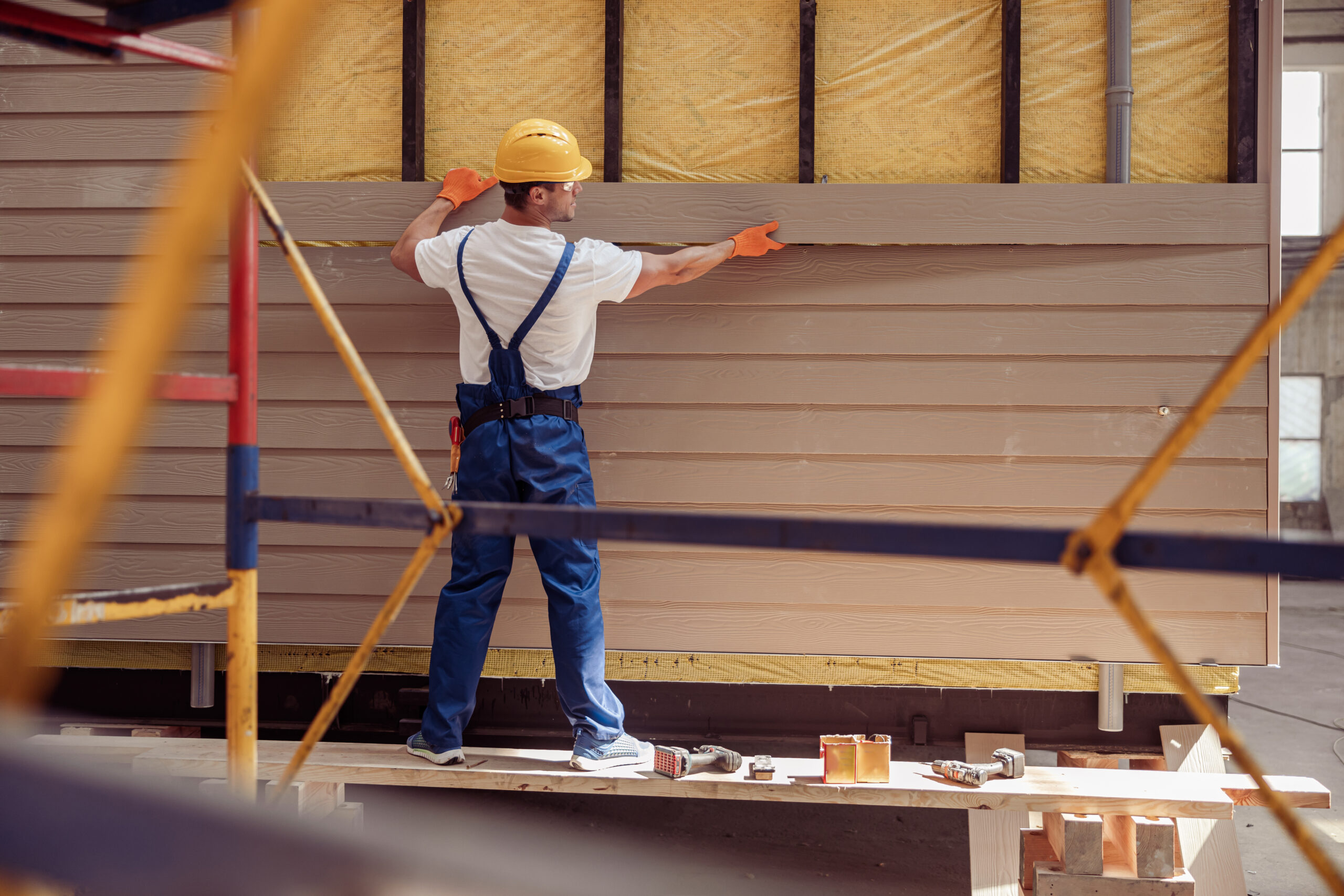renew your home and increase your investment
Siding Installation and Replacement
Home siding installation and replacement can be a great way to give your home’s exterior a facelift. Siding comes in diverse colors, designs, and materials that complement the rest of your home. A quality siding installation can boost your home’s insulation, reducing energy leakage and monthly costs.

Signs Your Siding Needs a Change
Benefits of New Siding
Siding 101: All You Need to Know
Options for Siding Materials
Siding Replacement versus Siding Repairs
You don’t always have to install new siding when your existing one develops issues. It depends on the material and the kind of problem you’re having. As shown under types of materials and when your siding needs replacement, small challenges often require repairs, while extensive issues indicate a new installation. Always remember to go for the option that best suits your siding needs.
Preparing For Your Siding Project and What to Expect
Are you ready to repair or install new siding for your home? Here are the steps you need to take to prepare and what to expect during a siding project.

get ideas
